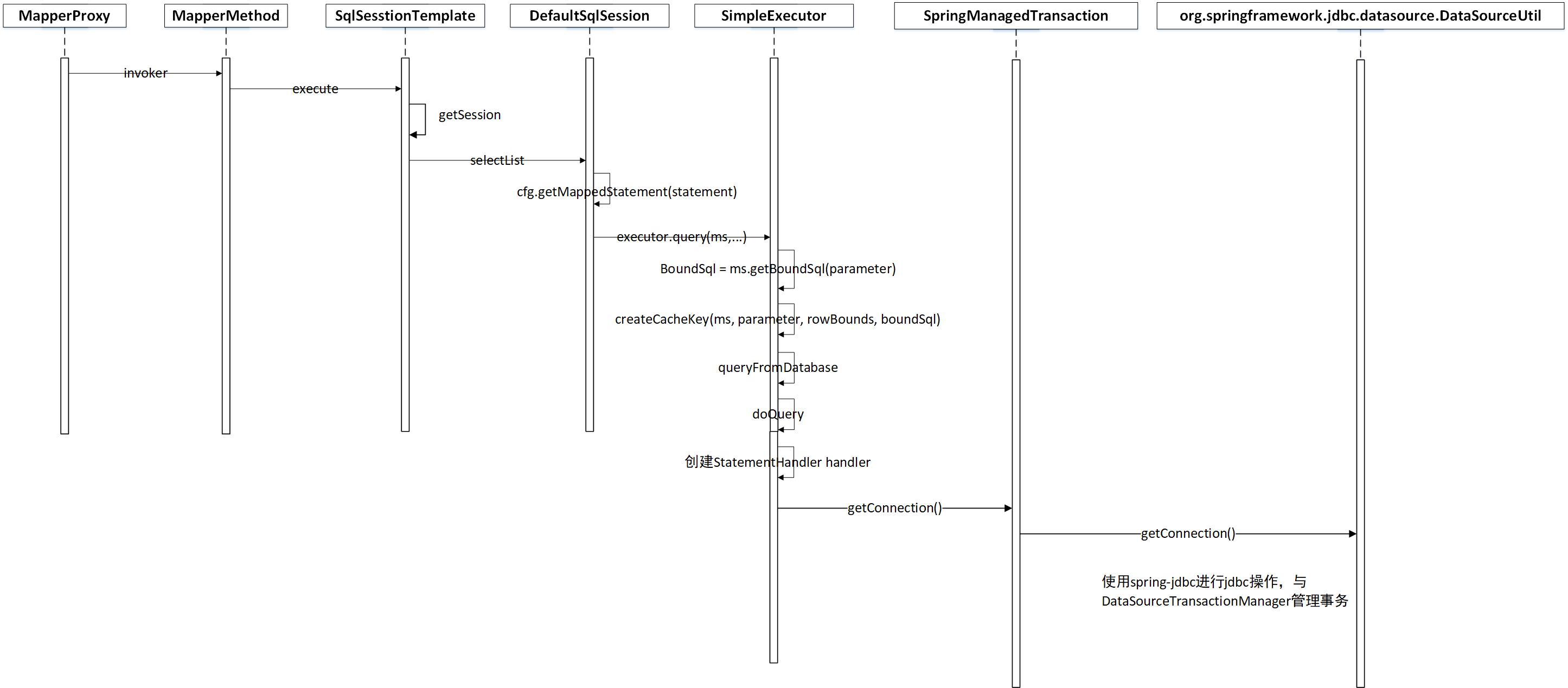

Try (PreparedStatement insert = connection. This example shows how to create a prepared statement with an insert statement with parameters, set values to those parameters and then executing the statement. SQLFeatureNotSupportedException - if sqlType is a ARRAY, BLOB, CLOB, DATALINK, JAVA_OBJECT, NCHAR, NCLOB, NVARCHAR, LONGNVARCHAR, REF, ROWID, SQLXML or STRUCT data type and the JDBC driver does not support this data type Basic usage of a prepared statement SQLException - if parameterIndex does not correspond to a parameter marker in the SQL statement if a database access error occurs or this method is called on a closed PreparedStatement Pstmt = connection.prepareStatement("INSERT INTO CLOB_TABLE(CLOB_VALUE) VALUES (?)") LongContentWriter.write("This will be the content of the CLOB") So the database executes the parse, plan and execute steps, exactly like a regular statement the database/backend doesnt know that the executed statement is a client-side prepared statement at. Writer longContentWriter = tCharacterStream(1) // position: beginning Clob longContent = connection.createClob() It is typed, so the second parameter has to be provided, see //setting a NULL for an integer value

These cases can be handled by using setNull. Setting a null value can not be accomplished using for example the setInt and setLong methods, as these use primitive types ( int and long) instead of objects ( Integer and Long), and would cause a NullPointerException to be thrown: void setFloat(int parameterIndex, float x) While executing statements using Statement object, especially insert statements, each time a query is executed the whole statement is compiled and executed again and again where, the only difference among these statements is the values of the statements. PreparedStatement statement = connection.prepareStatement(sql) Create a ‘FrameworkMapper. By using the JDBC Template, query the database bypassing three parameters, SQL query, PreparedStatementSetter to set the value and FrameworkMapper to map the data to the respective properties. Create statement to make your operations We are using the select query to fetch the details from the database table. Placeholders in the query string need to be set by using the set* methods: String sql = "SELECT * FROM EMP WHERE JOB = ? AND SAL > ?" This is achieved either by sending the parameter values separately, or because the driver escapes values correctly as needed. The added benefit of the parameter placeholders, is that it provides protection against SQL injection. This allows the statement to be prepared (and optimized) once on the server, and then reused with different sets of parameters. A PreparedStatement declares the statement before it is executed, and allows for placeholders for parameters.


 0 kommentar(er)
0 kommentar(er)
